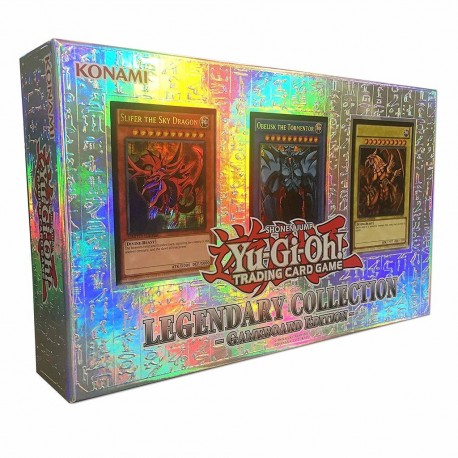Exploring TCG Error Cards
A huge part of the duel in the trading card game universe is how you structure your deck. There are thousands of cards to choose from so while you are constructing your decks, you’re bound to run into all kinds: weird or obscure cards that you’ve never heard of, cards that don’t have much power in the game, cards that outrank everything else or cards that can swing the outcome of a game if played right.
You’ll also get what are called error or misprint cards and you’ll learn to spot fakes: really good ones and really, really terrible ones. We took a closer look at what error cards are, and spoke to an anonymous Yu-Gi-Oh! duellist about how they fit into the game.
What Are Error Cards?
Error cards are sometimes called misprint cards, and they’re not fakes. Instead, they’re small flaws in the printing plates that happen when the cards get printed.
When a problematic plate is discovered on a TCG maker’s production line such as Konami, the plates are usually taken out of production to ensure that the mistake never happens again – and that’s what makes them rare.
Sometimes, error cards are allowed in tournaments – and are always played by their correct description and value. Official Yu-Gi-Oh! Tournament Rules specify that misprint cards can be legal within tournament play – but only under certain conditions. Only misprint cards that are “indistinguishable” from other cards when face-down are allowed to be used, and all of the card values (including name) are treated as though it were the original, un-misprinted card. (Full tournament rules available here.) Note: some tournaments won’t allow for them at all so if you’re a tournament player, better to check this before including any of them in your deck.
Misprint cards can fall under several categories. Partially, they can be:
- errors with the card’s cut,
- errors with smudges, spelling or ink,
- errors with the card’s alignment, or
- errors with the card’s name.
Again, remember that there’s a huge difference between a fake and a misprinted card. One comes from a legit manufacturer with a rare hiccup, and one is outright fake – consult online lists like this one, of misprint cards to make sure what you have is, in fact, misprinted.
And Check This Out
Cards are run through an electronic scanner that verifies cards at lightning speed, running them for any obvious flaws, defects or misprints. (Of course, some do make it past the scanner, and if you have a misprinted card, that’s how it happened.)
Here’s a scanner from Pineberry Manufacturing in action going through Yu-Gi-Oh! cards for a card gaming and distribution company.
What they call the CardCheck Card Verification and Inspection System can also be calibrated to verify cards of other types, including everything from student cards through to credit cards and employee cards.
Why Misprint Cards in the First Place?
So, why use misprints in tournament play at all? Misprint cards don’t just happen, and they are relatively rare. Some are valuable owing to their rarity, and others are just quirky and for serious card collectors, they offer the cool-factor – “hey, you won’t believe what I’ve got!” – that only rare cards and oddities like this can offer. There’s a surprisingly huge market for these cards, and stocks of misprint cards are for sale through sites like eBay. There are even plenty of misprint card collectors with hundreds of these in their collection – or collectors who are chasing specific cards.
Interview with a Player
Tim, a long time Yu-Gi-Oh! player and misprint collector, talks shop:
“Two of mine are from the GX-era” he says, “The fusion Elemental Hero Wildedge lists Elemental Hero Edgeman as one of the fusion materials, where the actual name of the card is Bladedge.”
“Those came in one of the earliest prints of that card and were fixed on later prints.”
“Recently” he says, “my local store held a structure deck event for zombie horde and the entire case of structure decks had a misprint of Red-Eyes Zombie Necro Dragon and Dooming Baledroche, where the name was printed too low on the cards.”
He says that it takes some luck to find these cards – and we’d imagine some resourcefulness. “The difference between misprints and fakes with mistakes on them is that the misprints are still official products and sold in official sets.”
What impacts the value of it, he says, includes how rare the misprint card is and whether it was common to one set or just one box.





